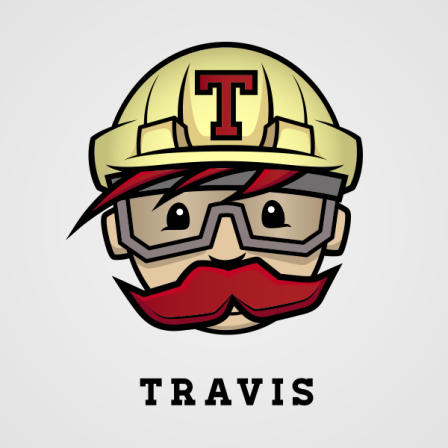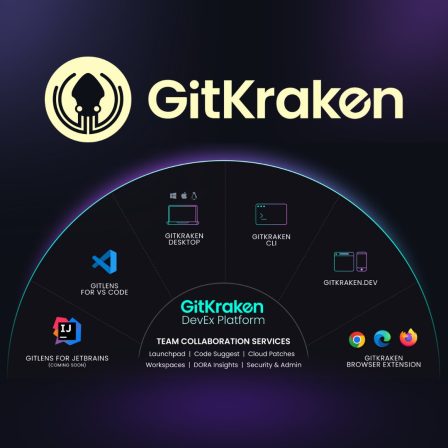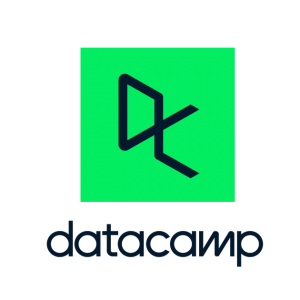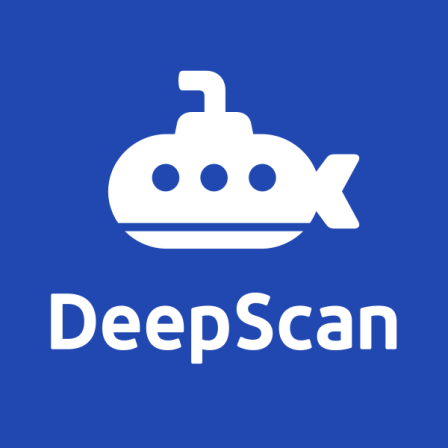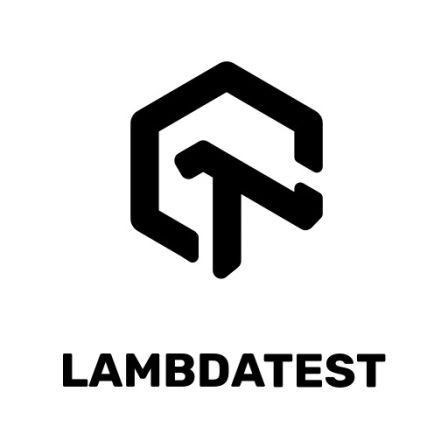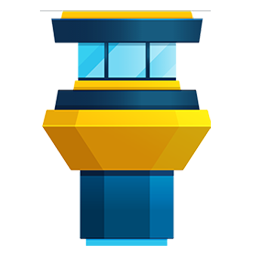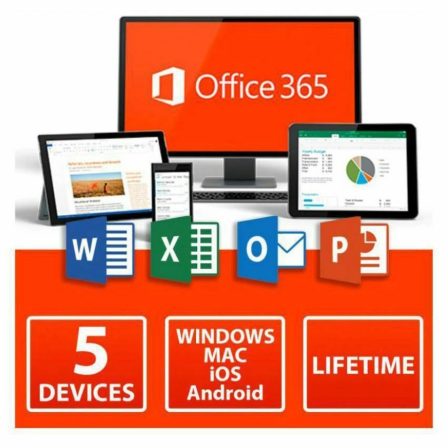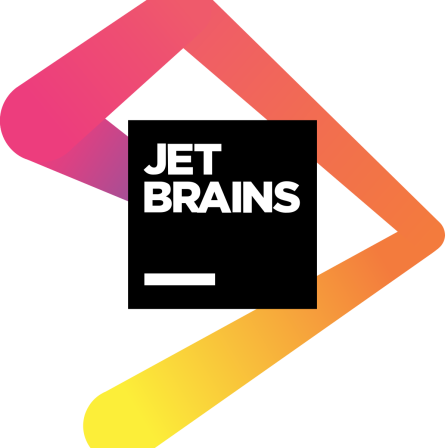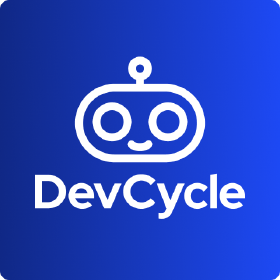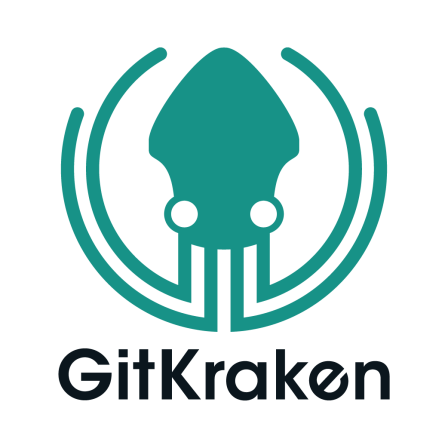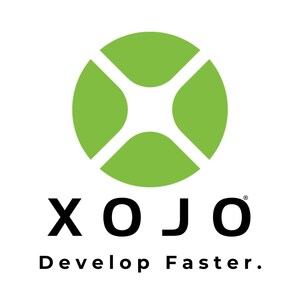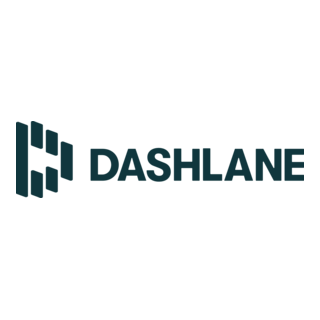There is no item in your cart

More Than a Car: A Developer’s Guide to the Autonomous Vehicle Software Stack
When you see a self-driving car navigating a busy city street, it can feel like magic. But it’s not magic; it’s an incredibly complex symphony of software, running on specialized hardware, making millions of decisions every second. The world of autonomous systems—from vehicles to warehouse robots—represents one of the most challenging and exciting frontiers in software engineering.
But what does the software stack that powers these machines actually look like? This guide will take you on a high-level tour of the core software components that bring an autonomous system to life.
1. The “Senses”: Perception
The first job of an autonomous system is to understand the world around it. The perception stack is responsible for answering the question: “What is out there?”
- The Challenge: Fusing massive streams of data from a variety of sensors—LiDAR (light detection and ranging), RADAR, high-resolution cameras, and IMUs (inertial measurement units)—into a single, coherent model of the world.
- The Technology: This is the domain of C++ for high-performance processing, GPU programming (CUDA) for parallel computation, and a heavy dose of Machine Learning (specifically, computer vision models for object detection and classification).
2. The “Brain”: Planning & Decision-Making
Once the system knows what is around it, the planning stack must decide what to do next.
- The Challenge: Taking the perceived world state and making a safe, efficient, and human-like driving decision. Should I change lanes? Is it safe to proceed through this intersection? What is the optimal path from A to B that considers traffic and road conditions?
- The Technology: This involves complex graph algorithms, state machines, predictive modeling, and motion planning, often written in a combination of high-performance C++ and flexible Python.
3. The “Nervous System”: Control
The control stack is the bridge between the digital decision and the physical world. It translates the plan (“turn the wheel 15 degrees left”) into precise electronic signals.
- The Challenge: Executing the plan with extreme precision and reliability, with latency measured in microseconds.
- The Technology: This is the world of real-time operating systems (RTOS), control theory, and low-level C/C++ programming running on specialized microcontrollers.
4. The “Support Fleet”: Off-board Infrastructure
The car or robot is just the tip of the iceberg. It’s supported by a massive cloud infrastructure responsible for:
- HD Mapping: Building and serving petabyte-scale, centimeter-accurate high-definition maps.
- Simulation: Running millions of miles of virtual driving in the cloud to train and test the AI models in a safe environment.
- Data Ingestion & Fleet Learning: Collecting vast amounts of sensor data from the entire fleet of vehicles and using it to continuously retrain and improve the AI models. This is a massive data engineering and MLOps challenge.
Conclusion
The autonomous systems stack is one of the most multi-disciplinary and rewarding areas in software engineering today. It combines the rigor of embedded systems, the scale of distributed cloud computing, and the cutting-edge of artificial intelligence. For developers looking for the next grand challenge, this is it.
Building the future of autonomy requires the most powerful and reliable tools. Whether you’re writing high-performance C++ in [JetBrains CLion], analyzing petabytes of simulation data with [Navicat], or monitoring the health of your cloud fleet with [New Relic], the right toolkit is essential. At SMONE, we provide the professional-grade tools for engineers tackling the world’s most complex challenges. Explore our collection and get equipped to build the future.
